When Is The Best Time To Plant A Tree?

Trees are the lungs of the planet, and we can certainly use more of them. But improving the atmosphere is just one reason people plant trees. You might want to add a new beautiful flowering tree to your front yard. Or perhaps there is a fruit tree you want to add to your gardening arsenal. Regardless of your reason for wanting another tree, you need to consider when you should plant it. So, when is the best time to plant a tree?
Early spring and early fall are ideal times to plant trees. The best time depends on the type of tree you are planting and the climate. Some trees require time to grow before surviving the winter. Other trees are best planted in the fall, so they have time to grow before the hot summer. Avoid planting trees when there is a risk of flooding or freezing in the near future.
If you have picked out a tree, and maybe even purchased one, you are likely eager to dig a hole and transplant it. But before you plant a tree, you should make sure you have selected the ideal time to put it in the ground. Too early or too late in the season could result in a dead sapling. So, make sure you keep reading to find out the best time to plant most trees, and the factors you should consider when choosing the best time to plant a tree.
The Best Months To Plant A Tree
The best months to plant a tree tend to be in the early phase of spring or fall. This means late March and early April or late August into September. This can vary though, as not every area has the same seasons. In fact, depending on where you live, spring and fall can happen at very different times, and can look quite different.
Early spring is a great time for many young trees for a few reasons. One of the best reasons to plant some trees in early spring is that it allows a tree the maximum number of months to grow, root, and mature before the harsh winter months. This is particularly true if you live somewhere with a short growing season and particularly unforgiving winters.
Early fall can be an equally opportune time to plant trees, but for different reasons. If you live in a warm climate, like in growing zones 9 or 10, fall is an ideal time to plant most trees. Fall usually means cooler temperatures and less harsh sunlight. If you are planting trees that tend to burn up and dry out, especially in their youth, then fall is better than spring.
Is It Better To Plant A Tree In Spring Or Fall?
Since fall and spring both seem to be good times to plant a tree, you might wonder which season is better. The answer is — it depends. The reason for this is not all trees have the same temperaments and requirements. Also, not all climates are the same.
Early Spring Is Ideal For Colder Climates
Early spring is usually the best time to plant trees in colder climates, including zones 1 to 3. More specifically, after the ground has thawed and dried a bit, you should start thinking about planting your trees. This will allow the tree upwards of six months to settle into its newly transplanted location, form roots, and get ready for the harsh realities of winter.
It is important to keep an eye on the weather after planting a tree in the early spring in a colder climate, as temperatures may still dip below freezing. Make sure you cover the plant and take necessary precautions if there is an overnight frost.
Early Fall Is Better For Hotter Climates
If you live in a warm climate, then you are likely less worried about freezing conditions, and more concerned about a plant drying up or its leaves burning due to the severity of the summer sun. This is why fall is usually a great time to plant trees in the hottest climates, including zones 9 and 10.
The fall usually means less oppressive sun, potentially moister weather, and safer environments for young plants. The great news is that the soil is still warm and fertile, making it easy for a young tree to quickly root and establish itself in the soil.
When You Should Not Plant A Tree
Just as there are ideal times to plant trees, there are also terrible times. In fact, there are certain times of the year and certain weather periods when you should completely avoid all planting, especially the planting of trees.
Freezing temperatures, or the risk of freezing temperatures, is one of the worst times to plant a tree. Therefore, if you live in a cold climate, you should never plant a tree in the middle of winter. Winter is hard on plants, as it freezes up the water they need to survive, and even freezes the water inside the tree itself. This can kill the tree. It is also hard to dig in the winter, and even harder for the plant to root.
Another undesirable time to plant a tree is during a flooding season, or any time when severe weather is probable. Heavy rain can shock and water log many types of trees. It is important to note that while trees are resilient when they are first planted, they are often quite vulnerable.
Flooding conditions can drown plants, and also prevent them from forming lasting roots. Furthermore, severe flooding is often accompanied by wind and other damaging forces. This makes any kind of severe weather a bad time to plant a tree, or most other plants for that matter.
Four Factors To Consider Before Choosing When To Plant A Tree
1. The Type Of Tree
Arguably the biggest variable involved when selecting the best time to plant a tree is the type of tree you are planting. Not all trees like the same climates, or dislike certain temperatures.
For example, pine trees tend to do well in cooler climates, so early spring when temperatures are still low is no problem. If, however, you are planting citrus trees, one night of overnight frost can completely kill many types of young citrus trees. Therefore it is crucial you always research the ideal temperature, sun, and weather conditions for your particular tree before purchasing and planting it.
2. The Climate
Another critical factor you need to consider is the climate where you live. More specifically, you need to think about your growing seasons and the temperature fluctuations between each season. Naturally, if you are in a warmer climate, you will plant differently than if you live in a cold climate.
The important thing is to think ahead. Unlike small plants, trees take several months to settle in and thrive. Make sure you aren’t just thinking about the climate in the short term of a few weeks but for months ahead.
3. The Weather Patterns In Your Area
In addition to climate, weather patterns can also have a major impact on the success of your tree planting. For example, if you live in a warm climate, but also somewhere with potential hurricanes and severe weather, then you might not want to plant until that weather subsides.
This could mean that you won’t plant in September, but instead wait another month or so until the chance of extreme thunderstorms and flooding has diminished.
4. Where You Are Planting The Tree
Another factor to think about is where you are planting the tree. If, for example, you are planting a tree in full sun in the middle of the yard, then you need to be mindful of the severity of the sun. If you are planting a tree in the shade, you need to be mindful of cold temperatures.
This might seem like a nuanced and minor consideration, but it can make all the difference when it comes to your tree surviving its first few months in the ground.
Final Thoughts On The Best Time To Plant A Tree
The world needs more trees, and it is great that you are thinking about adding another tree to the Earth. But you also need to make sure you are planting the tree at the best possible time to ensure that the newly planted tree survives and thrives. Early fall and early spring tend to be the best times to plant trees. It is often better to plant trees in the early fall in warmer climates and early spring in colder climates. Also, remember to avoid planting any trees when there is a risk of freezing or flooding events.
Related Guides:

Tom Gaffey is an expert writer who currently resides in Washington D.C. Tom has a passion for real estate and home improvement writing, as well as travel and lifestyle writing. He lived the last twelve years in Hawaii where he worked closely with luxury resorts and event planners, mastering his knowledge of aesthetics and luxury products. This is where he found his passion for home improvement and a keen interest in DIY projects. Currently, Tom resides in Washington D.C, and also working on his debut fiction novel.
More by Tom Gaffey



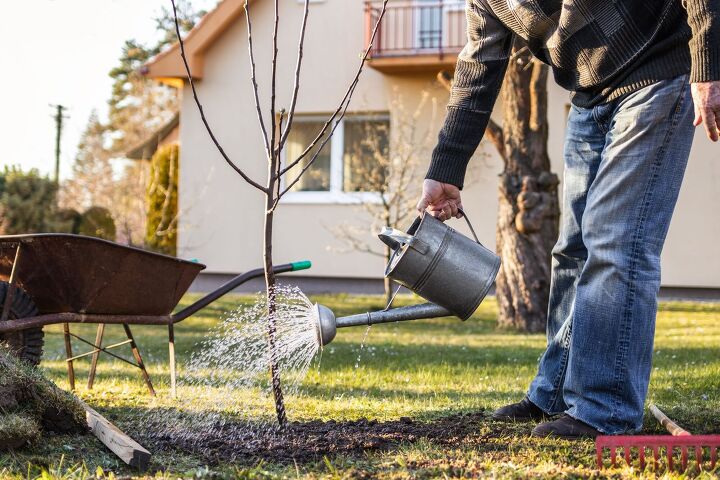






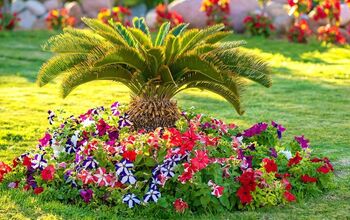
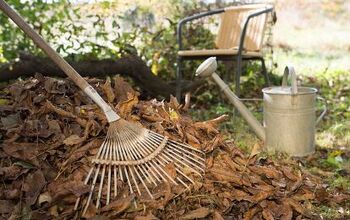

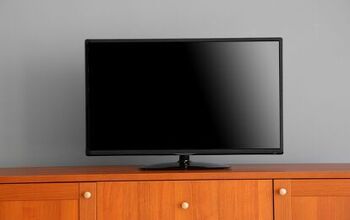
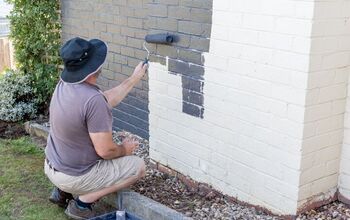








![Cost To Drill A Well [Pricing Per Foot & Cost By State]](https://cdn-fastly.upgradedhome.com/media/2023/07/31/9074980/cost-to-drill-a-well-pricing-per-foot-cost-by-state.jpg?size=350x220)



